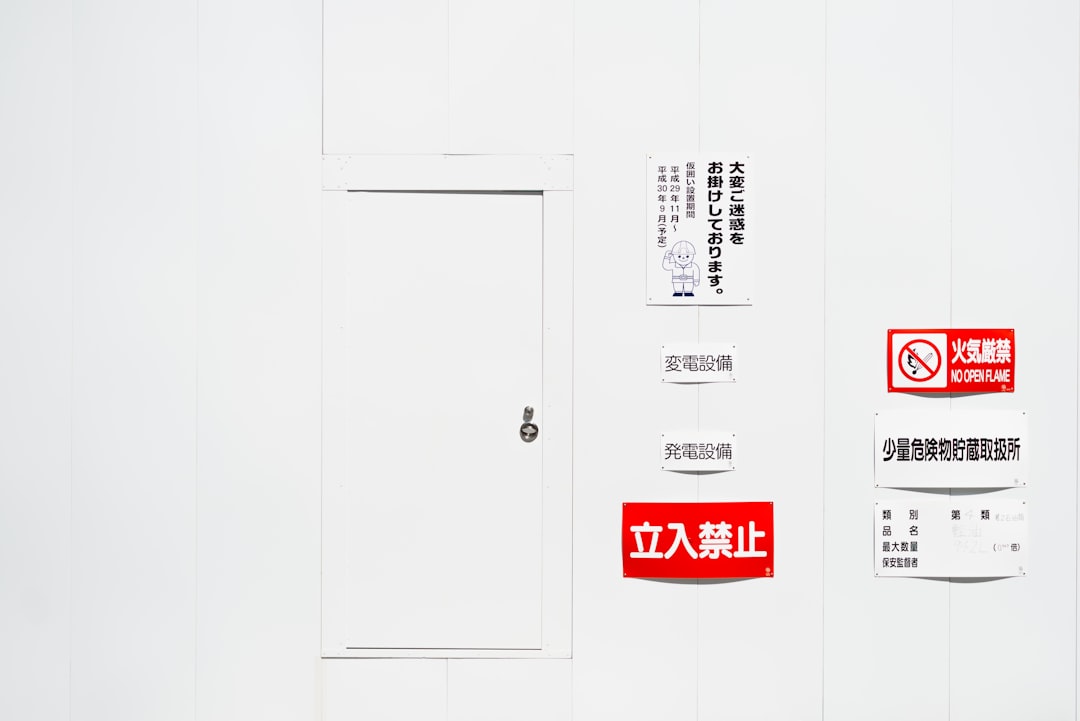Managing storage devices on macOS can be challenging, especially when working with external drives formatted in NTFS, a file system not natively supported by macOS for writing. Whether you’re moving large multimedia projects, backing up files, or maintaining a fast and reliable workflow, disk performance matters. Tuxera Disk Manager is a trusted solution designed to bridge the compatibility gap and enhance storage efficiency on Apple’s operating system. But how do you fully take advantage of this tool to ensure you’re getting optimal performance?
TLDR:
Tuxera Disk Manager is a powerful utility that enables macOS users to read and write to NTFS-formatted drives effortlessly. This article explores how to use Tuxera to optimize storage performance effectively. From enabling fast file transfers to managing disk integrity, Tuxera brings reliability and speed for external and shared drives. If you’re serious about performance and compatibility, this is an essential tool.
What Is Tuxera Disk Manager?
Tuxera Disk Manager is a proprietary software specifically designed for macOS. It acts as an enabler for NTFS-formatted drives, allowing full read-write access that macOS otherwise restricts. It is powered by Tuxera NTFS for Mac, an advanced NTFS driver that bypasses macOS’s limitations without compromising performance or data safety.
The application provides additional utility features, including:
- Formatting external disks to NTFS directly from your Mac
- Checking and repairing NTFS drives
- Managing drive permissions
- Monitoring disk performance and health
By enabling macOS to interact smoothly with Windows file systems, Tuxera Disk Manager becomes an essential tool for anyone working in mixed-OS environments or relying on external drives for critical storage.
Why macOS Needs Help with NTFS
macOS supports reading from NTFS drives by default but does not allow writing to them. This limitation is a major obstacle for professionals such as videographers, photographers, developers, and anyone regularly transferring files between macOS and Windows systems.
Without third-party tools like Tuxera, users must rely on FAT32 or exFAT formats, which come with their own limitations such as file size restrictions or potential instability in large transfers. NTFS, by contrast, is robust, efficient, and widely used. Tuxera enables macOS users to unlock the true benefits of NTFS without needing to compromise.

Key Benefits of Tuxera Disk Manager for Performance
Optimizing drive performance on macOS with Tuxera involves several core advantages that go beyond simple write access:
1. High-Speed File Transfers
Tuxera NTFS for Mac is built for performance. Unlike some open-source alternatives, it leverages smart caching technologies to increase read and write speeds. This ensures that large file transfers such as 4K videos or extensive backups are quicker and more consistent.
For example, transferring a 20GB video file to an NTFS drive using standard macOS tools may result in degraded speeds—or fail entirely. With Tuxera, that transfer completes faster and with less risk of data corruption.
2. Disk Integrity and Error Checking
The Disk Manager utility includes a tool to check and repair NTFS drives. This is crucial for maintaining storage health, especially when drives are moved between systems. Disk errors are a major source of poor I/O performance, and proactive checking prevents future data loss and ensures faster access times.
3. Direct Disk Formatting Options
Rather than connecting your drive to a Windows system to format it in NTFS, Tuxera lets you format or reformat disks directly from your Mac. This saves time and ensures formatting is performed with the right settings optimized for macOS compatibility.

How to Set Up and Use Tuxera for Maximum Efficiency
It’s not enough just to install Tuxera—you need to set it up correctly and utilize its features to get peak performance. Here’s how to go about it:
1. Installation
Download the latest version of Tuxera Disk Manager and Tuxera NTFS for Mac from the official website. Ensure your macOS version is supported. Once downloaded, follow the installation guide and reboot your system after the driver installation is complete.
2. Launch Disk Manager
You can find Tuxera Disk Manager in your Applications folder after installation. Launch it and connect your NTFS drive. It will automatically detect the device.
3. Format Your Drive (If Necessary)
If the drive is new or you want to optimize its filesystem, go to the formatting section and choose NTFS. You can also label your drive and set up partitioning here. This is ideal for users seeking maximum efficiency for use with media workflows.
4. Enable Smart Caching
In the Tuxera System Preferences pane, you’ll find various options for performance. Enable smart caching to improve throughput, especially when working with large files or batch operations.
5. Schedule Integrity Checks
Routine disk checks can help identify issues before they become critical. Use Disk Manager to verify drive health periodically, particularly if it’s used between macOS and Windows systems.
6. Monitor Performance
Use macOS’s built-in Activity Monitor or third-party tools to watch throughput performance and verify that your disk speed has improved. You should see measurable gains in both read and write speeds on NTFS media.
Comparing Performance: With and Without Tuxera
To appreciate the gains Tuxera offers, consider running benchmark tests using tools like Blackmagic Disk Speed Test or AmorphousDiskMark. Many users report at least a 30% faster write speed on external NTFS drives using Tuxera compared to read-only mode or even other generic NTFS drivers.
Key metrics to evaluate:
- Write Speed: The most notable enhancement, enabling quick file duplication and backups
- Read Speed: While already decent in macOS native NTFS read mode, caching improves it further
- Latency: Lower response times, especially when navigating complex directory structures
Use Cases Enhanced by Tuxera
The benefits of using Tuxera Disk Manager extend across a variety of professional and personal scenarios:
- Photographers offloading thousands of RAW images to backup drives
- Videographers editing directly from external media
- Software developers working in cross-platform environments
- Home users sharing a high-capacity external drive with both Mac and Windows machines
Each of these use cases involves numerous disk operations where optimal performance significantly enhances productivity and reduces risk.
Is Tuxera Worth It?
While Tuxera NTFS for Mac and the accompanying Disk Manager are not free, the value they offer far exceeds the cost for anyone relying on NTFS volumes for daily work. Key deciding factors include:
- Time Savings: Faster write access means reduced wait times
- System Compatibility: Avoid using unreliable or slow workarounds
- Data Safety: Avoid corruption by using native-like access protocols
Conclusion
Optimizing storage performance on macOS with Tuxera Disk Manager is not just about enabling NTFS write support—it’s about investing in a faster, more reliable workflow. The combination of performance-oriented disk drivers and robust management tools makes Tuxera an essential utility for today’s macOS users navigating a multi-platform world. From smoother transfers to safer storage, it transforms how external drives perform with Apple computers.
For anyone working heavily with external NTFS drives, Tuxera not only solves compatibility issues—it elevates the entire user experience.